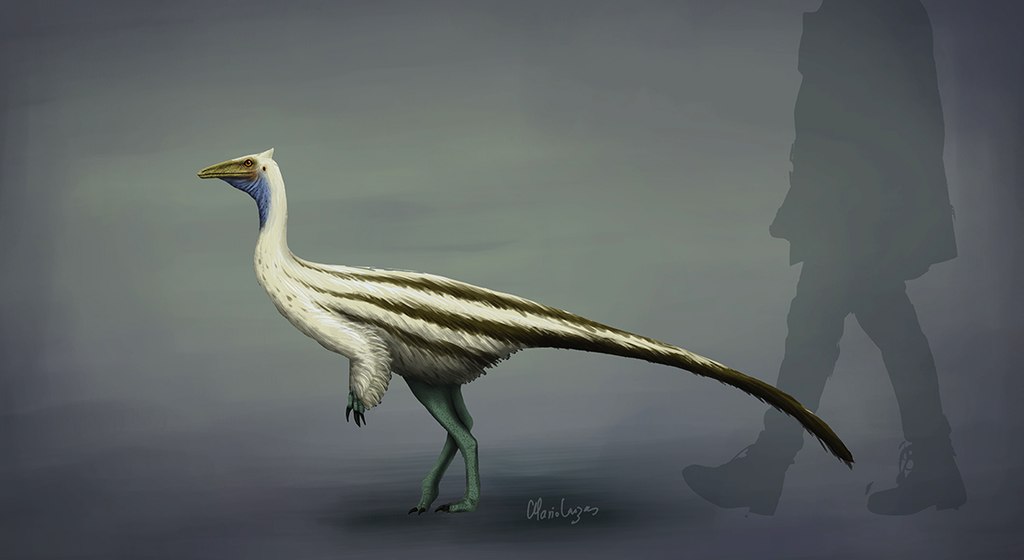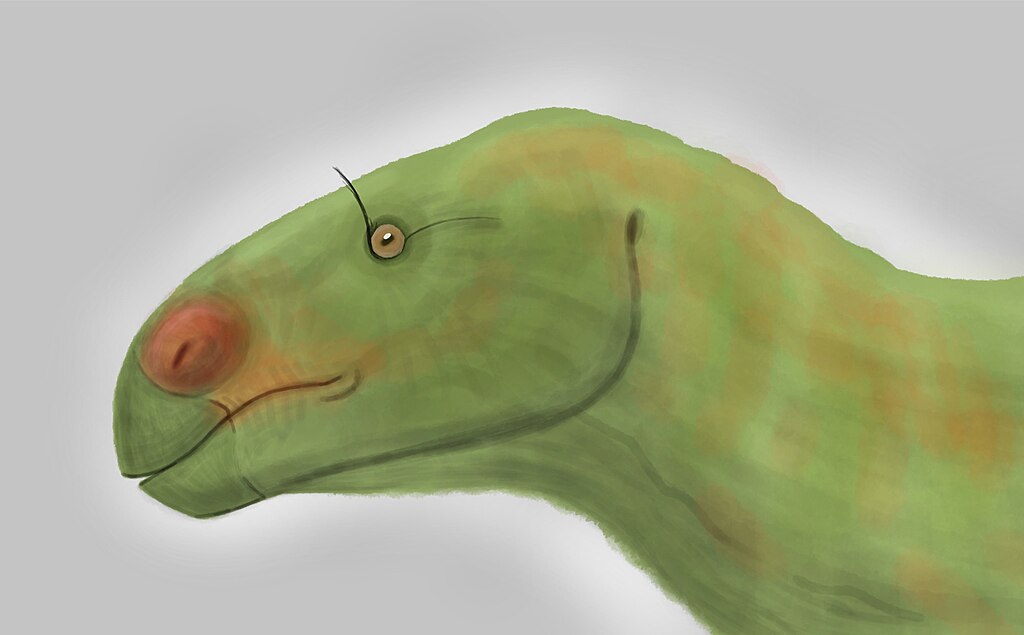Imagine walking through a museum and witnessing a child’s face light up with pure wonder as they stand before a towering Tyrannosaurus rex skeleton. Their eyes grow wide, their mouth drops open, and suddenly they’re transported to a world millions of years ago where giants ruled the Earth. This magical moment happens thousands of times every day across the globe, and it perfectly captures why dinosaurs have become the undisputed rock stars of the fossil world. While countless ancient creatures have left their mark in stone, none have captured our imagination quite like these prehistoric titans.
The Perfect Storm of Discovery Timing
Dinosaurs burst onto the scientific scene at exactly the right moment in human history. The first dinosaur fossils were formally recognized in the early 1800s, coinciding with the Industrial Revolution when people had more leisure time and resources to pursue scientific interests. This timing couldn’t have been better – society was hungry for new knowledge and adventure stories. The discovery of these massive bones came just as newspapers were becoming widespread, allowing news of these incredible finds to spread rapidly across continents. Unlike earlier fossil discoveries that remained confined to academic circles, dinosaur finds quickly became public sensations that captured the imagination of ordinary people everywhere.
Size Really Does Matter

Let’s be honest – bigger is often more impressive, and dinosaurs delivered on scale like nothing else in the fossil record. A tiny trilobite might be scientifically fascinating, but it can’t compete with the sheer jaw-dropping presence of a 40-foot-long Allosaurus. These creatures weren’t just large; they were monumentally huge in ways that challenged everything people thought they knew about life on Earth. The biggest dinosaurs dwarfed even the largest modern animals, making elephants look like house cats in comparison. When people see a Brachiosaurus skeleton stretching three stories high, it creates an emotional impact that smaller fossils simply can’t match. This “wow factor” has been crucial in making dinosaurs the poster children of paleontology.
Hollywood’s Prehistoric Love Affair
Movies transformed dinosaurs from museum curiosities into global superstars, and the relationship has been mutually beneficial ever since. Early films like “The Lost World” in 1925 introduced dinosaurs to mass audiences who had never set foot in a natural history museum. Then came “Jurassic Park” in 1993, which didn’t just show dinosaurs – it made them feel real, breathing, and terrifyingly alive. The film’s groundbreaking special effects allowed people to see these creatures moving, hunting, and behaving like actual animals rather than static skeletons. Each new dinosaur movie creates fresh waves of interest, sending kids and adults alike rushing to museums and bookstores. This entertainment factor has kept dinosaurs in the public eye far longer than any scientific discovery alone could have managed.
The Mystery of Extinction Creates Endless Fascination
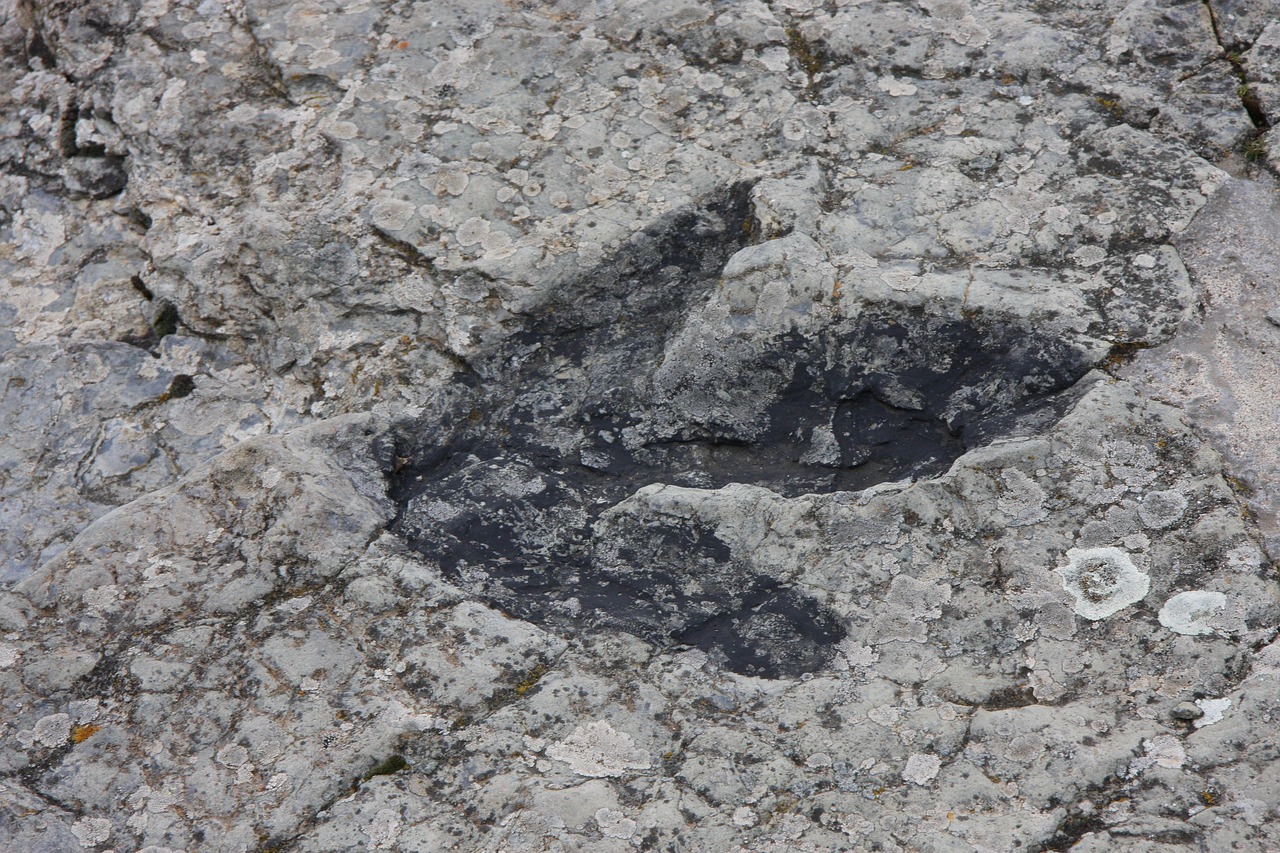
Nothing captures human curiosity quite like a good mystery, and the dinosaur extinction event is one of the greatest whodunits in natural history. Unlike other extinct animals that disappeared gradually or due to obvious causes, dinosaurs vanished relatively suddenly after dominating Earth for over 160 million years. This dramatic ending has spawned countless theories, debates, and investigations that keep scientists and the public engaged. The asteroid impact theory, volcanic activity, climate change, and other proposed causes provide endless material for documentaries, books, and conversations. People love puzzles, and the question “What really killed the dinosaurs?” remains one of science’s most compelling unsolved cases that everyone can understand and have an opinion about.
Perfect Preservation Creates Spectacular Specimens
Dinosaur fossils often preserve in ways that create truly spectacular museum displays, unlike many other ancient creatures that leave only fragments or impressions. Complete skeletons, skin impressions, and even fossilized eggs provide a level of detail that brings these animals to life in visitors’ minds. The conditions that preserved many dinosaur fossils were ideal – rapid burial in fine sediments that captured incredible details. Some specimens even preserve soft tissues, feathers, and stomach contents that tell complete stories about how these animals lived and died. When people see a perfectly preserved dinosaur skull with every tooth intact, it creates a visceral connection that’s hard to achieve with less complete fossils. This preservation quality has given museums the raw materials needed to create the awe-inspiring displays that make dinosaurs so memorable.
Dinosaurs Bridge the Gap Between Fantasy and Science

These prehistoric giants occupy a unique sweet spot between the mythical dragons of our fairy tales and the rigorous world of scientific research. Dinosaurs are real enough to study scientifically but fantastic enough to fire the imagination in ways that modern animals simply can’t. They combine the wonder of mythical creatures with the credibility of actual scientific specimens. Children who might find regular biology boring become instantly engaged when those same scientific principles are applied to understanding how a Triceratops defended itself or how a Parasaurolophus made sounds. This combination of fantasy and fact has made dinosaurs perfect educational tools that sneak serious science lessons into what feels like adventure stories.
The Diversity Factor That Keeps Surprising Us

Just when people think they understand dinosaurs, paleontologists discover something that completely changes the picture, keeping public interest fresh and exciting. The traditional image of slow, cold-blooded lizards has been revolutionized by discoveries of feathered dinosaurs, pack hunters, and sophisticated social behaviors. New species are discovered regularly, each with unique adaptations and survival strategies that challenge our assumptions. From tiny bird-like creatures to massive long-necked giants, from fearsome predators to gentle plant-eaters, dinosaurs showcase evolution’s incredible creativity. This constant stream of new discoveries means there’s always something fresh to capture headlines and spark renewed interest. Each find adds another piece to the puzzle while often raising entirely new questions that keep scientists and the public equally intrigued.
Educational Gold Mine for Museums and Schools
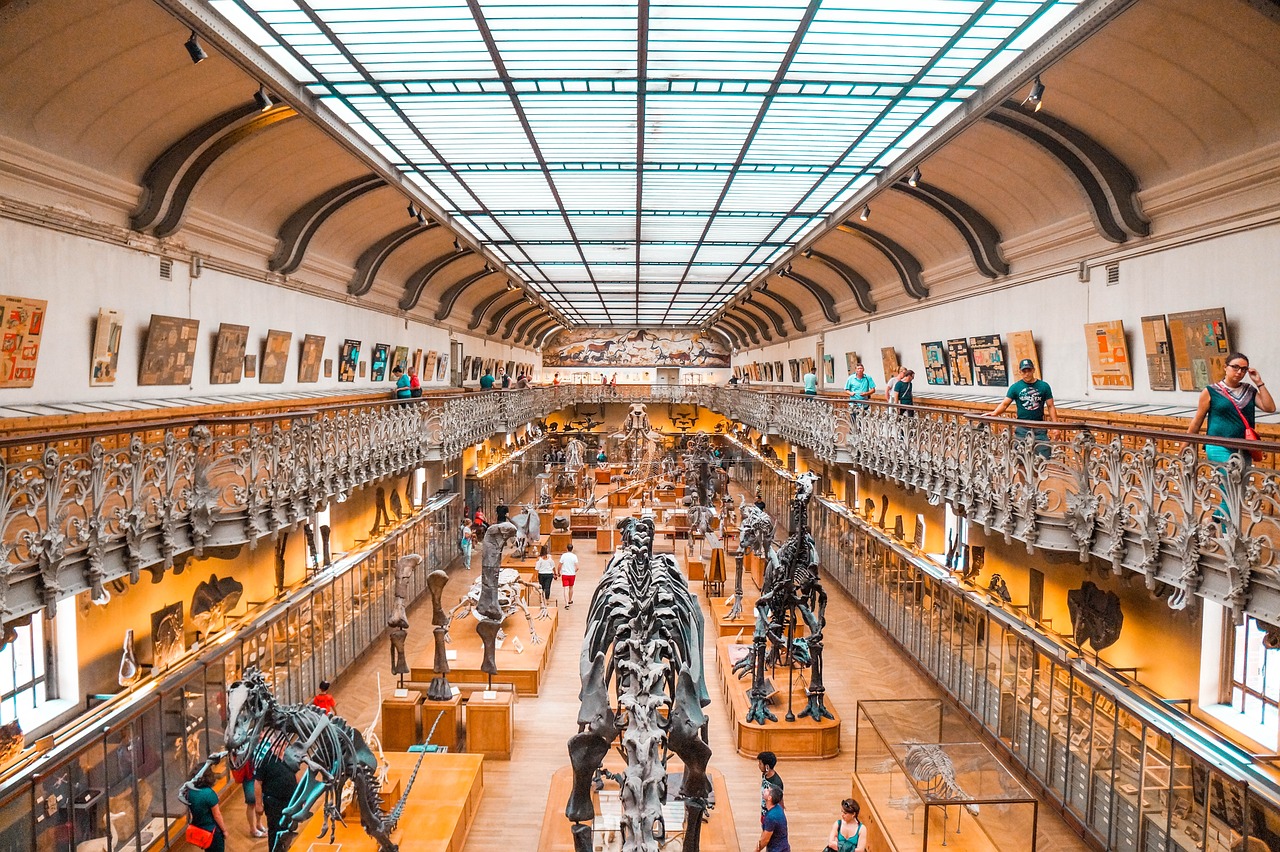
Dinosaurs have become the ultimate educational tool because they naturally teach multiple scientific concepts while maintaining student engagement. Through dinosaur studies, people learn about geology, biology, ecology, evolution, extinction, and even physics without realizing they’re absorbing complex scientific principles. Museums have discovered that dinosaur exhibits draw crowds who might otherwise never visit, providing opportunities to introduce visitors to broader scientific concepts. Schools use dinosaur themes to teach everything from measurement and math to critical thinking and research skills. The interdisciplinary nature of paleontology means that dinosaur studies naturally incorporate chemistry, physics, geography, and environmental science. This educational versatility has made dinosaurs invaluable ambassadors for science education at all levels.
Cultural Impact Across Generations

Unlike many scientific subjects that remain confined to academic circles, dinosaurs have successfully crossed into popular culture and stayed there for over a century. Parents who grew up fascinated by dinosaurs eagerly share that passion with their children, creating a multi-generational chain of interest that continues to grow. This cultural staying power is remarkable in our age of rapidly changing trends and short attention spans. Dinosaur-themed everything – from toys and clothes to books and bedsheets – keeps these creatures present in daily life rather than just occasional museum visits. The fact that nearly every child goes through a “dinosaur phase” ensures a constantly renewable audience of enthusiasts. This cultural penetration has given dinosaurs a level of recognition that most other fossils could never achieve.
Global Appeal Transcends Cultural Boundaries
Dinosaurs speak a universal language that crosses cultural, linguistic, and geographical boundaries in ways that few other scientific subjects can match. A child in Tokyo gets just as excited about a T. rex as a child in New York or London, creating a shared global fascination. These creatures existed before human civilization developed, making them belong to all of humanity rather than any particular culture or nation. International dinosaur exhibitions draw massive crowds regardless of local cultural preferences, proving their universal appeal. The basic human fascination with these giant creatures seems to be hardwired into our psychology, transcending differences in education, background, or beliefs. This global reach has helped dinosaurs become truly international celebrities in the scientific world.
The Name Game That Sparks Imagination
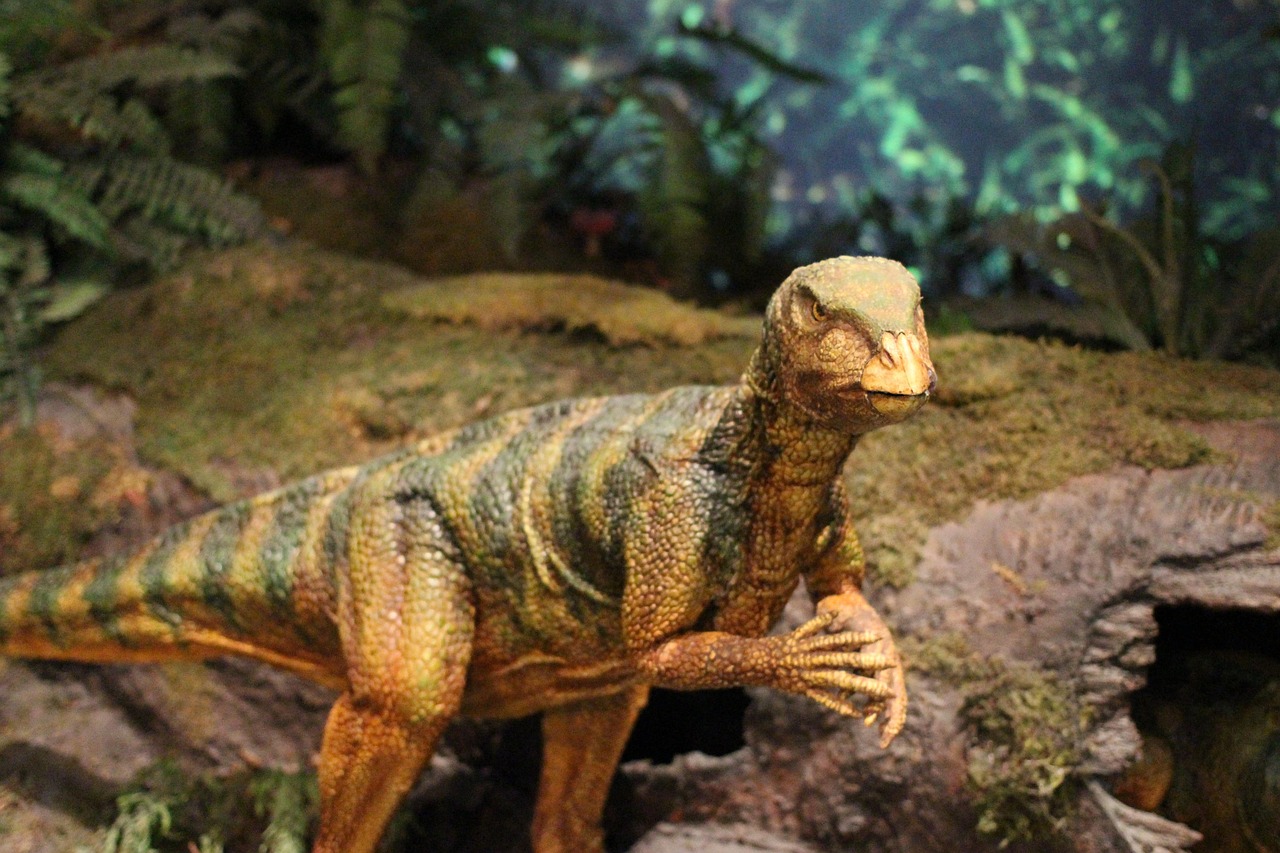
The very word “dinosaur” carries an inherent drama that immediately captures attention and sparks curiosity about these ancient beasts. Meaning “terrible lizard,” the name itself suggests something powerful, dangerous, and exciting rather than the dry scientific terminology associated with many other fossils. Individual dinosaur names often sound like characters from epic adventures – Tyrannosaurus rex (tyrant lizard king), Triceratops (three-horned face), and Velociraptor (swift seizer) all paint vivid mental pictures. These names are memorable, pronounceable, and fun to say, making them stick in people’s minds far better than technical scientific nomenclature. The naming conventions create an immediate sense of personality and character that helps people form emotional connections with these long-dead creatures. Even the process of naming new discoveries generates public interest and media coverage that keeps dinosaurs in the spotlight.
Perfect Timing with Mass Media Evolution

Dinosaurs rose to fame alongside the development of mass media, from newspapers and magazines to radio, television, and eventually the internet. Each new media format found dinosaurs to be perfect content – visually striking, scientifically interesting, and universally appealing to audiences. Television documentaries about dinosaurs became staples of educational programming, while magazines used dinosaur discoveries to sell countless issues. The rise of nature documentaries coincided perfectly with advancing knowledge about dinosaur behavior and ecology, creating compelling viewing experiences. Social media has given dinosaur paleontology a new platform, with fossil discoveries going viral and reaching millions of people within hours. This symbiotic relationship with evolving media has kept dinosaurs constantly in the public eye across multiple generations and technological advances.
The Collector’s Dream Come True
Dinosaur fossils and replicas have created a thriving collector’s market that keeps these creatures relevant in popular culture beyond museums and movies. From high-end auction houses selling rare specimens to toy stores filled with plastic dinosaurs, these creatures have become collectible in ways that most other fossils never achieve. The variety of dinosaur species provides collectors with endless options, while new discoveries constantly add fresh items to pursue. Replica fossils, models, and dinosaur-themed merchandise create accessible entry points for collectors of all ages and budgets. This commercial success has created entire industries dedicated to producing dinosaur-related products, ensuring continued visibility and cultural presence. The collectibility factor has transformed dinosaurs from purely scientific specimens into cultural icons with lasting commercial appeal.
Scientific Renaissance Keeps Them Current
Modern paleontology has transformed our understanding of dinosaurs so dramatically that they feel like newly discovered creatures rather than old fossils. Advanced imaging techniques, computer modeling, and molecular analysis have revealed details about dinosaur behavior, physiology, and evolution that were unimaginable just decades ago. These scientific advances generate regular news stories that keep dinosaurs current and relevant rather than ancient history. The discovery that birds are living dinosaurs has created a direct connection between these prehistoric giants and creatures we see every day. New technologies continue to unlock secrets from existing fossils, meaning that even specimens discovered a century ago can still yield fresh insights and headlines. This ongoing scientific revolution ensures that dinosaurs remain at the cutting edge of paleontological research rather than becoming museum relics.
The Ultimate Success Story of Ancient Life

Dinosaurs represent one of evolution’s greatest success stories, having dominated terrestrial ecosystems for over 160 million years and ultimately giving rise to modern birds. This incredible evolutionary success resonates with people in ways that stories of extinction and failure simply cannot match. Their diversity, adaptability, and longevity make them inspirational examples of life’s resilience and creativity rather than just cautionary tales about extinction. The fact that dinosaurs didn’t completely disappear but continue to exist as birds provides a hopeful narrative that appeals to both scientists and the general public. This success story, combined with their dramatic size and fascinating behaviors, has made dinosaurs the perfect ambassadors for the incredible history of life on Earth. When people think about prehistoric life, they naturally gravitate toward these champions of ancient ecosystems rather than the countless species that left less impressive fossil records.
Dinosaurs became the world’s most famous fossils through a perfect combination of timing, size, mystery, and cultural appeal that no other ancient creatures have managed to replicate. Their discovery coincided with humanity’s growing appetite for scientific wonder, while their massive size and dramatic extinction created the kind of compelling narrative that captures imaginations across generations. Movies and media transformed them from museum specimens into global celebrities, while ongoing scientific discoveries continue to reveal new surprises that keep them current and relevant. The universal appeal of these prehistoric giants transcends cultural boundaries and age groups, making them uniquely positioned to serve as ambassadors for the fascinating world of paleontology. What other ancient creatures could have achieved such lasting fame across so many different aspects of human culture?


